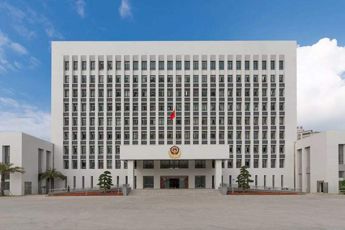Soft Target
The term "soft target" refers to a person, place, or thing that is relatively unprotected or vulnerable, making it an easy target for attacks, exploitation, or harm. This concept is often used in security, military, and risk assessment contexts to describe locations or entities that lack strong defenses compared to "hard targets," which are heavily fortified or difficult to breach.
Origins and Meaning
The phrase "soft target" is commonly associated with security and terrorism discussions. It describes locations such as schools, shopping malls, public events, or civilian gatherings that are accessible to the public and typically have minimal security measures in place. These characteristics make them more susceptible to threats like physical attacks, cyberattacks, or other malicious activities.
Examples in Real Life
In the context of physical security, a crowded concert venue with limited security checks could be considered a soft target, as opposed to a military base with armed guards and restricted access. Similarly, in cybersecurity, a small business with outdated software and weak passwords is a soft target for hackers, while a large corporation with advanced encryption and firewalls would be a hard target.
Significance and Implications
Understanding the concept of soft targets is crucial for developing strategies to enhance safety and security. Governments, organizations, and individuals often conduct risk assessments to identify soft targets and implement measures to "harden" them—such as adding security personnel, surveillance systems, or digital protections. The goal is to reduce vulnerability and deter potential threats.
In summary, a "soft target" is an entity or location that is easy to attack or exploit due to its lack of robust defenses. Recognizing and addressing soft targets is a key step in improving safety and resilience in an increasingly complex world.
